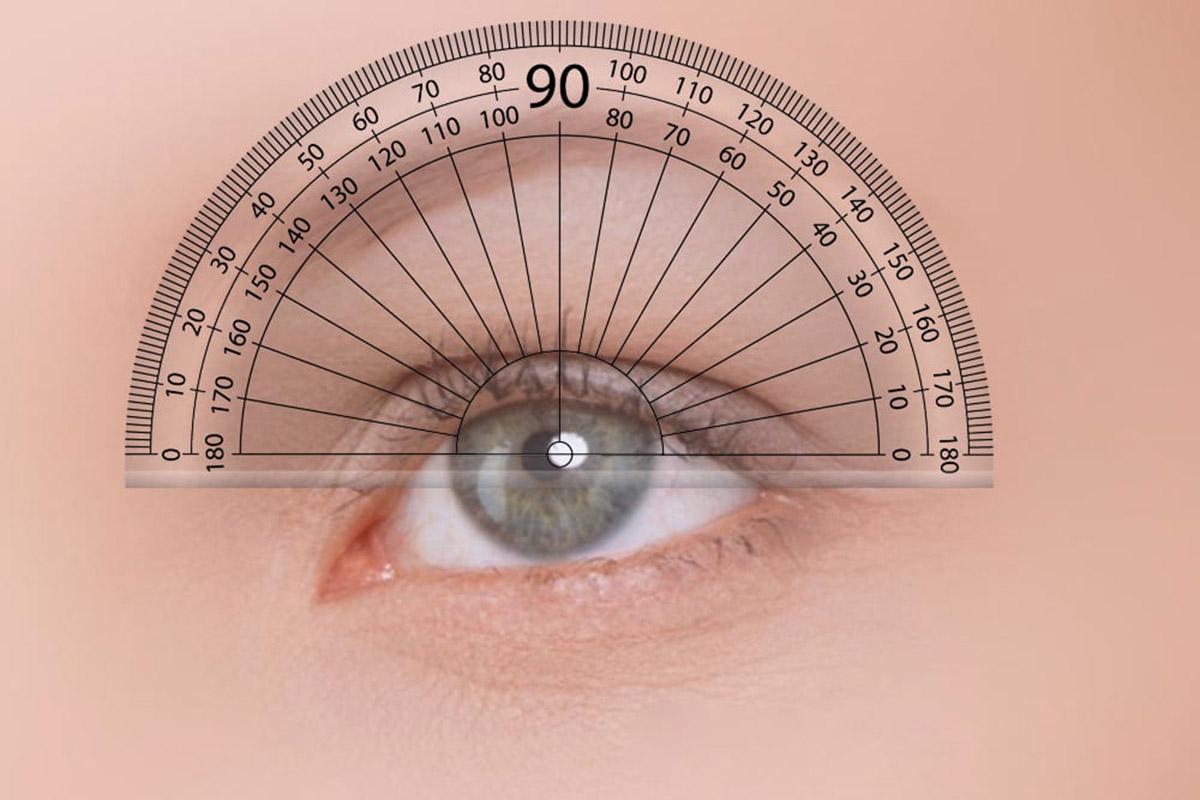An astigmatism test is done during an all-inclusive eye exam by your doctor. Astigmatism symptoms include headaches, eye strain, and distorted vision.
To check for astigmatism, the tests below are performed:
- Refraction: In an eye exam, there are two types of refraction. They are manual and automated refraction.
- Visual Acuity Test: An eye chart is used to test your visual acuity with or without your current lenses. It determines how severe your astigmatism is.
- Keratometry: It involves measuring your cornea curvature to perceive unequal curves in various meridians of the cornea. A Keratometer instrument is used.
Chart for at-Home Astigmatism Test
If you screen yourself for astigmatism at home, the chart may show you have astigmatism. However, it cannot replace the comprehensive exam given by an eye doctor. Follow up with your eye doctor if the results show signs of astigmatism to help you find enough correction.
Are Online Astigmatism Tests Accurate?
Even though an online astigmatism test may show astigmatism presence, it is not a replacement for the all-inclusive examination given by an eye doctor.
In a home test, an individual stays two to three feet away from the screen, taking note of the thickness of each set as they alternatively cover each eye. It helps with the symptoms of astigmatism.
After Astigmatism Testing
If there are signs of astigmatism seen after the test, your eye doctor determines its severity and gives multiple options for treatment. Some of the options include contact lenses, LASIK eye surgery, or PRK. The treatments are only given under the supervision of an eye doctor. Whether a routine eye exam or online astigmatism alerts you, consult an eye doctor for proper treatment and ways of managing astigmatism.

